By Maura McCarthy, Research Director, IAVA
To support IAVA in The JobRaising Challenge, please click here.
The past few months have seen some big strides when it comes to tackling the unacceptably high unemployment rate among post-9/11 veterans -- which has been holding steady higher than the general population for years now.
Throughout this JobRaising Challenge, you'll be hearing from different folks on the IAVA team -- as well as members of our community -- about how our programs are making a huge impact in the fight against vet joblessness. From identifying and engaging strategic partners to leveraging the media to designing innovative and game-changing programs, you'll see first hand what we mean when we say we're dedicated to supporting and empowering the New Greatest Generation. So make sure to follow our posts, donate and spread the word about how IAVA is making a difference for the 2.5 millions vets and their families who have served since 9/11.
From my perch in Washington, DC, where I head up IAVA's research team and work closely alongside our policy wonks, this fight against new veteran unemployment - largely spearheaded by IAVA - seems to be on the right track. We can tell because we've finally made a dent in lowering the Post-9/11 vet joblessness rate. Earlier this month, the Bureau of Labor Statistics (BLS) released data showing that the annual average unemployment rate for these vets decreased from 12.1 percent in 2011 to 9.9 percent in 2012--the lowest it's been since 2008.
This is reassuring news -- but we can't take our foot off the gas pedal now. In anticipation of both the 2014 withdrawal from Afghanistan and a smaller military force in the coming years, it has never been more important to ensure that our veterans are prepared to transition into the civilian workforce.
Luckily for us, Congress appears to understand the value that veterans bring to the table and have recently passed legislation focused on addressing the appalling unemployment rate among our nation's newest veterans.
In the final days of the 112th Congress, lawmakers stepped up and passed legislation that will help combat the systemic challenges that contribute to the high levels of unemployment Iraq and Afghanistan veterans face. The $663 billion National Defense Authorization Act of 2013 included a provision that works toward creating an employment market that is prepared to capitalize on veterans' in-demand skills. An example is that any state receiving Department of Labor funding for veteran employment and training is now required to consider previous military training when granting certain state certifications and licenses for comparable civilian jobs. This is an important step in helping veterans ease their transition to civilian life.
Another piece of legislation established a pilot program that allows veterans the option to complete the Transition Assistance Program (TAP) in their communities. Additionally, they will have the opportunity to take retake TAP multiple times, a change which provides them tailored career guidance at appropriate points in their lives -- something that IAVA has been loudly advocating for years.
Lastly, as part of the tax extender bill passed on New Year's Day to avoid falling off the fiscal cliff, Congress extended the Returning Heroes and Wounded Warriors work opportunity tax credits for another year. These tax credits offer between $2,400 and $9,600 to companies that hire veterans -- a major incentive for employers.
In the next three to five years an estimated one million service members will separate from the military, many of whom will transition to the private sector. The nation must prepare for these returning veterans and ensure that we've created a system that empowers them to launch civilian careers.
This hard-earned success in 2012 must be sustained. We can't let the news reports of 9.9 percent slow our momentum. It required a national, holistic effort to achieve this progress, but we have much more work to do.
Stay tuned over the coming weeks for more examples of how IAVA is pushing the boundaries across all sectors of society -- private, public, nonprofit and everywhere in between -- to ensure that veterans who have served our country overseas can have meaningful employment here at home.
Maura McCarthy is IAVA's Research Director and works out of Washington, DC, office.